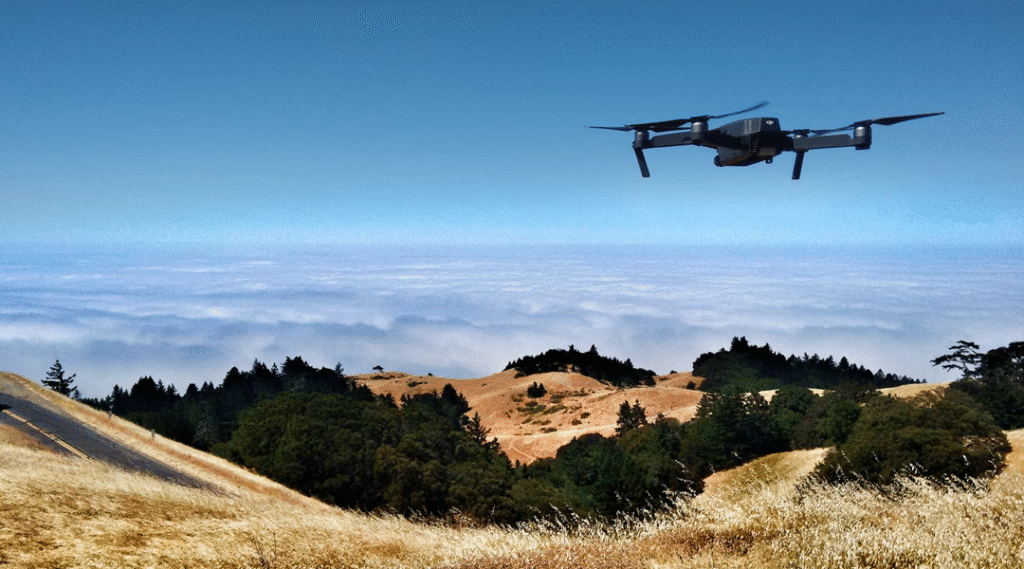As unmanned aerial vehicles (UAVs) transition from niche hobbyist toys to indispensable commercial and industrial tools, understanding the competitive landscape is crucial. The global drone market—projected to surpass $58 billion by 2026—features a handful of dominant manufacturers alongside innovative challengers. This article examines five major players—DJI, Skydio, Autel Robotics, Parrot, and Yuneec—providing a full analysis of their strengths and weaknesses before concluding with a comparative chart.
1. DJI: Market Leader with Comprehensive Ecosystem
Advantages:
- Technological Supremacy: DJI consistently pioneers in-camera sensors, gimbal stabilization, and flight-assist features. Its flagship Mavic 3 series boasts dual-camera systems and 46 minutes of flight time, outpacing most rivals.
- Software Ecosystem: DJI’s Fly and Pilot apps offer mature mapping, waypoint planning, and live-streaming capabilities, backed by regular firmware updates.
- Global Distribution & Support: With an expansive service network and accessory marketplace, DJI users benefit from rapid repairs and plentiful third‑party add‑ons.
Disadvantages:
- Regulatory Scrutiny: Concerns over data security—particularly in U.S. and European markets—have led to restrictions on military and government use.
- Premium Pricing: DJI’s cutting‑edge features come at a high cost; entry to professional-grade products often starts above $1,500.
- Ecosystem Lock‑In: Proprietary batteries and accessories can limit flexibility and raise replacement costs.
2. Skydio: Autonomy Champion from the United States
Advantages:
- Advanced Autonomy: Powered by on‑board NVIDIA GPUs and six 4K navigation cameras, Skydio 2+ delivers industry‑leading obstacle avoidance—even in cluttered, dynamic environments.
- Enterprise Focus: Skydio’s enterprise models integrate detailed mapping, inspection workflows, and secure data handling tailored to U.S. defense and critical infrastructure sectors.
- Made‑in‑America Appeal: For government and corporate customers wary of foreign‑made UAVs, Skydio provides an attractive, fully domestic supply chain.
Disadvantages:
- Limited Camera Options: Compared to DJI’s high‑resolution multi‑sensor rigs, Skydio’s single 12 MP camera can fall short for specialized cinematography or precision surveying.
- Smaller Accessory Base: Fewer third‑party gimbals, sensors, and payloads are available, potentially constraining mission flexibility.
- Higher Entry Costs: Enterprise-ready packages can exceed $10,000, pricing out smaller businesses and prosumers.
3. Autel Robotics: Strong Contender with Balanced Offering
Advantages:
- Competitive Specs: The Evo Lite+ offers 6K video, adjustable aperture, and up to 40 minutes of flight time—rivalling DJI’s mid‑range models at a slightly lower price point.
- Open SDK Platform: Autel’s software development kit encourages third‑party integrations, fostering a more open ecosystem for customization.
- Flexible Regulatory Compliance: With manufacturing based outside China, Autel faces fewer export restrictions, smoothing global market access.
Disadvantages:
- User Interface & Stability: Some pilots report that Autel’s flight app can lag or crash under complex missions, reducing confidence on critical flights.
- Service Network Gaps: Repair centers and authorized service partners are fewer than DJI’s, leading to longer turnaround times.
- Brand Recognition: Despite strong hardware, Autel’s brand lacks the consumer mindshare that drives DJI’s early sales and word‑of‑mouth.
4. Parrot: Legacy Innovator Pivoting to Enterprise
Advantages:
- Lightweight Design: Parrot’s Anafi AI weighs under 600 g, making it exceptionally portable and compliant with many regulatory weight thresholds.
- Software-Driven Features: Parrot’s FreeFlight 12 app and Pix4D integration offer robust photogrammetry and aerial mapping workflows.
- Competitive Pricing: Enterprise variants (e.g., Anafi USA) come bundled with ruggedized cases and secure data encryption at mid‑range prices.
Disadvantages:
- Shorter Flight Times: With roughly 32 minutes per battery, Anafi series drones trail competitors in endurance.
- Limited Payload Capacity: Parrot models carry lighter loads, restricting use with heavier multispectral or LiDAR sensors.
- Reduced Consumer Focus: Parrot’s shift toward enterprise markets has resulted in fewer new prosumer models, dampening hobbyist engagement.
5. Yuneec: Accessible Innovation with Mixed Market Success
Advantages:
- All‑In‑One Controllers: Yuneec’s ST16 ground stations feature built‑in screens and intuitive control layouts, reducing pilot gear complexity.
- Hexacopter Options: The H520 hexacopter offers redundancy for critical missions, appealing to inspection and search‑and‑rescue operators.
- Price Competitiveness: Yuneec’s Typhoon H Pro delivers 4K video and six‑rotor stability at prices below many hexacopter rivals.
Disadvantages:
- Firmware Maturity: Pilots sometimes encounter feature delays or buggy updates compared to more polished competitors.
- Global Footprint: Yuneec’s after‑sales network is smaller, leading to potential service bottlenecks, especially outside Asia.
- Brand Perception: Less marketing presence has meant Yuneec often ranks behind DJI and Skydio in customer awareness.
Comparison Chart of Major Drone Players
| Feature / Brand | DJI (Mavic 3 Series) | Skydio 2+ | Autel Evo Lite+ | Parrot Anafi AI | Yuneec Typhoon H Pro |
|---|---|---|---|---|---|
| Price Range | $1,600–$2,200 | $999–$3,499 (enterprise) | $1,000–$1,300 | $900–$4,000 (secure AI) | $1,299 |
| Camera Resolution | 20 MP (4/3″ CMOS) plus tele | 12 MP (1″ CMOS) | 50 MP (1″ CMOS) | 48 MP (1/2″ CMOS) | 12 MP (1″ CMOS) |
| Max Flight Time | 46 min | 27 min | 40 min | 32 min | 25 min |
| Autonomy & Obstacle Avoidance | 6‑way omnidirectional sensors | 6 × 4K navigation cams | Forward, backward, downward | 3D stereo front sensors | 6‑direction obstacle sensing |
| Software Ecosystem | DJI Fly/Pilot; robust SDK | Skydio Autonomy Enterprise | Autel Explorer; open SDK | FreeFlight 12; Pix4D sync | CGO App; limited SDK |
| Global Service Network | Extensive | Moderate | Growing | Moderate | Limited |
| Key Strength | Feature-rich innovation | Best-in-class autonomy | Balanced specs & openness | Portability & mapping | Hexacopter stability |
| Main Drawback | High cost; data concerns | Limited camera options | App stability issues | Shorter endurance | Firmware & awareness lag |
As for in-depth insight articles about AI tech, please visit our AI Tech Category here.
As for in-depth insight articles about Auto Tech, please visit our Auto Tech Category here.
As for in-depth insight articles about Smart IoT, please visit our Smart IoT Category here.
As for in-depth insight articles about Energy, please visit our Energy Category here.
If you want to save time for high-quality reading, please visit our Editors’ Pick here.
More relative articles:
Romo’s Cleaning Debut: Can DJI Dominate the Robot Vacuum Arena?
Cultivating the Future: How AI and Smart IoT Are Revolutionizing Agriculture



